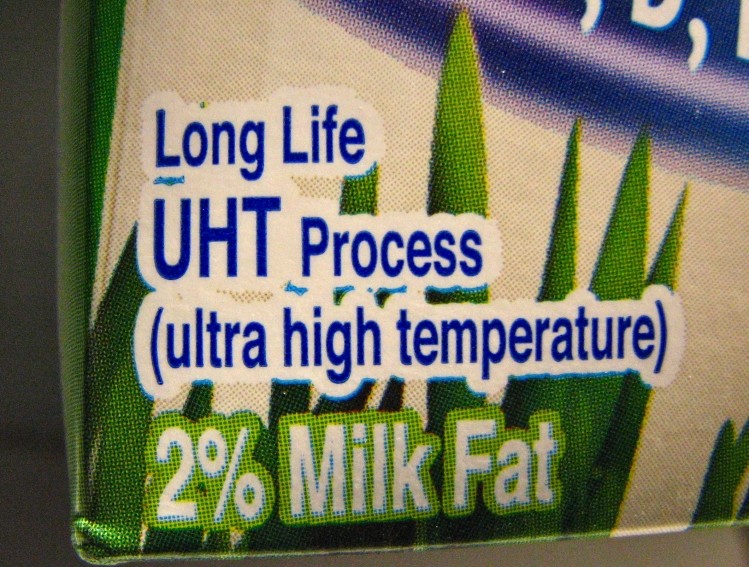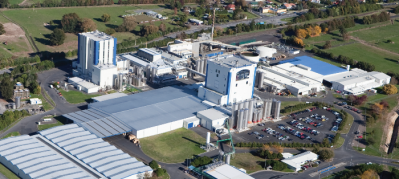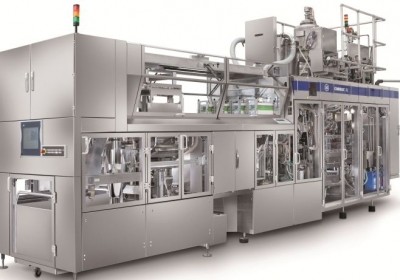LIVE FROM DAIRY FORUM 2014
UHT a ‘great avenue for innovation’ in US dairy: Execs

Speaking on a panel moderated by Larry Jensen, president and CEO of Leprino Foods, at the International Dairy Foods Association (IDFA) Dairy Forum 2014 in Palm Springs in January, Dean Foods CEO, Gregg Tanner, and the executive vice president of HP Hood, Jeffrey Kaneb, heralded ambient dairy as an "exciting" platform for product development.
Investment in shelf stable dairy has been made by US dairy processors in the past, but according to moderator Leprino, "it wasn't very successful."
Now, however, dairy manufacturers increasingly consider UHT to be a “very exciting for new and innovative…but also specialty products," said Kaneb.
“That’s where there seems to be a lot of success – in these specialty products,” he said, pinpointing protein shakes as a “classic example.”
Specialty products
“It’s a very good fit because these are specialty products that don’t necessarily turn at the same rate as a gallon of fluid milk does. They also end up in places that are not necessarily refrigerated,” said Kaneb. “So it works very well there.”
“It’s a much more expensive package and a much more expensive product. It’s got to be a good match, but no doubt it’s a great avenue for innovation,” said Kaneb.
Weighing in on the issue, Dean Foods CEO Tanner said that high-temperature short-time (HTST) - the process commonly known as pasteurization - can limit dairy processors from an innovation standpoint.
“One area where you struggle with on the innovation front is when you have to put a new product out there on the shelf and it has to be consumed within 18 days. It’s very difficult to convince a consumer about any type of innovation because you’ve got to go educate that consumer and they have to come in and pull that off the shelf,” said Tanner.
“So I think that if you’re in HTST it does actually restrict what you can do from an innovation perspective. Whereas UHT gives you all sorts of flexibility that I think is very helpful for the industry as a whole,” he added.
Flagship for the industry
Alongside this increasing US interest in shelf stable dairy, Kaneb pinpointed, unsurprisingly, Greek yogurt as the sector’s most exciting product.
“In terms of what is in front of us, clearly the most exciting product is Greek yogurt," he said.
“It’s exciting for the processors and the marketers; it’s exciting for the farmers as a new source to supply; but I think that it is very exciting for the industry as a whole.”
“It’s a great flagship for the industry as a whole. So it would be great for us to keep riding this wave – whether you’re in the yogurt business or not," Kaneb added.













